Colombian Coffee Coffee Brazilian Coffee Common differences medium and deep roasted Brazilian Colombian coffee beans flavor characteristics taste
On the bean list of Qianjie Coffee, the coffee about Central and South America is mainly produced in Colombia and Brazil, of course, in addition to these two major producing areas, there are also famous coffee producing areas such as Peru, Ecuador and Bolivia. But Qianjie believes that Brazilian and Colombian coffee beans are currently the most representative of the traditional South American coffee flavor. Coffee fans who want to try other South American coffee beans can look forward to the lasting update of Qianjie in the future.
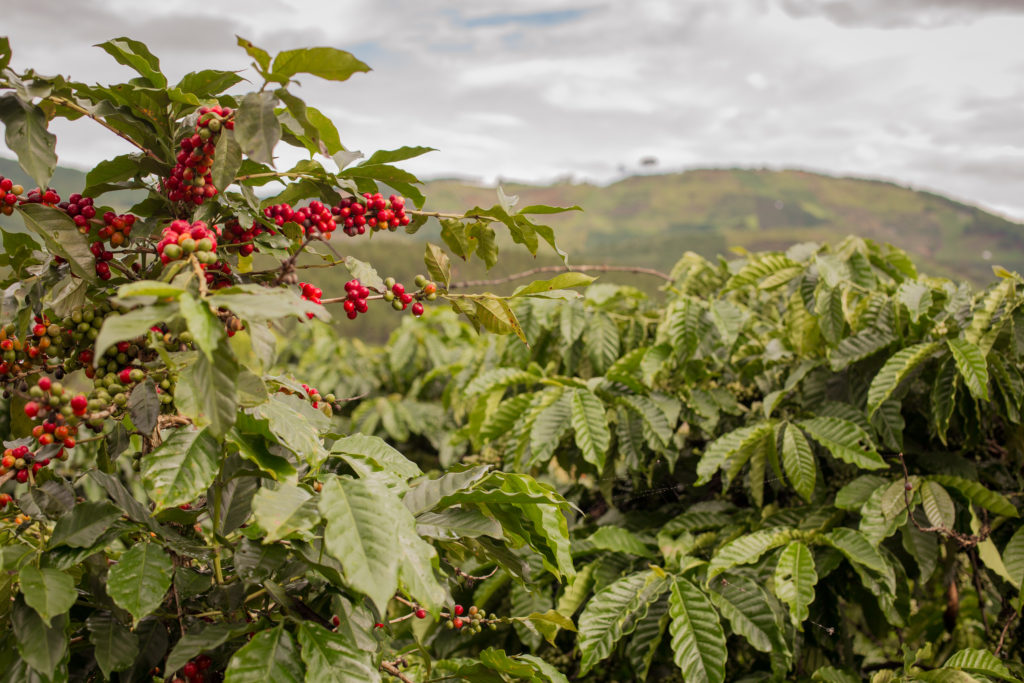
With regard to what Brazilian coffee beans and Colombian coffee have in common, Qianjie believes that it would be better mainly in terms of flavor and history.
In terms of flavor, Brazilian and Colombian coffee are often made into Italian blended beans at home and abroad, even the traditional Brazilian and Colombian coffee with medium roasting degree. This is related to the flavor characteristics of Brazilian and Colombian coffee: low acidity, obvious nut tone, high bady and caramel sweetness. Roasting deeper will better show the characteristics of coffee in these two countries.
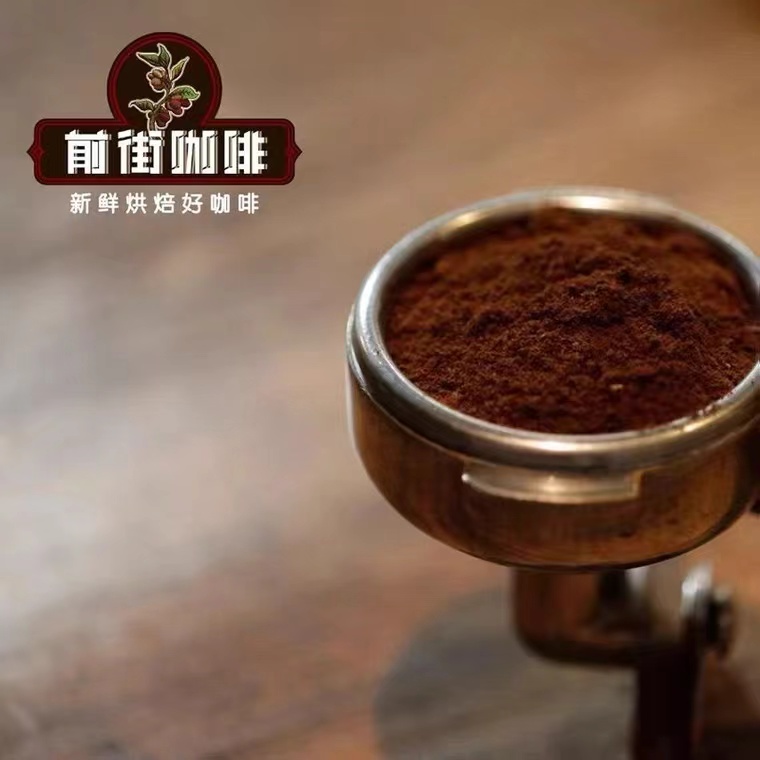
The boutique blending of Qianjie coffee is made from Brazil to Colombia, with medium and deep roasting degree, which will not stimulate the nutty taste as a whole. It's perfect with milk, smooth and mellow. Of course, in the individual coffee, the Colombian coffee in the front street coffee is mostly roasted in medium and light, because different coffees have different characteristics. For example, in San Jose, Colombia, in order to highlight the fermented rum barrel of the coffee, light roasting can show more of its aromatic substances, making the coffee more distinctive.
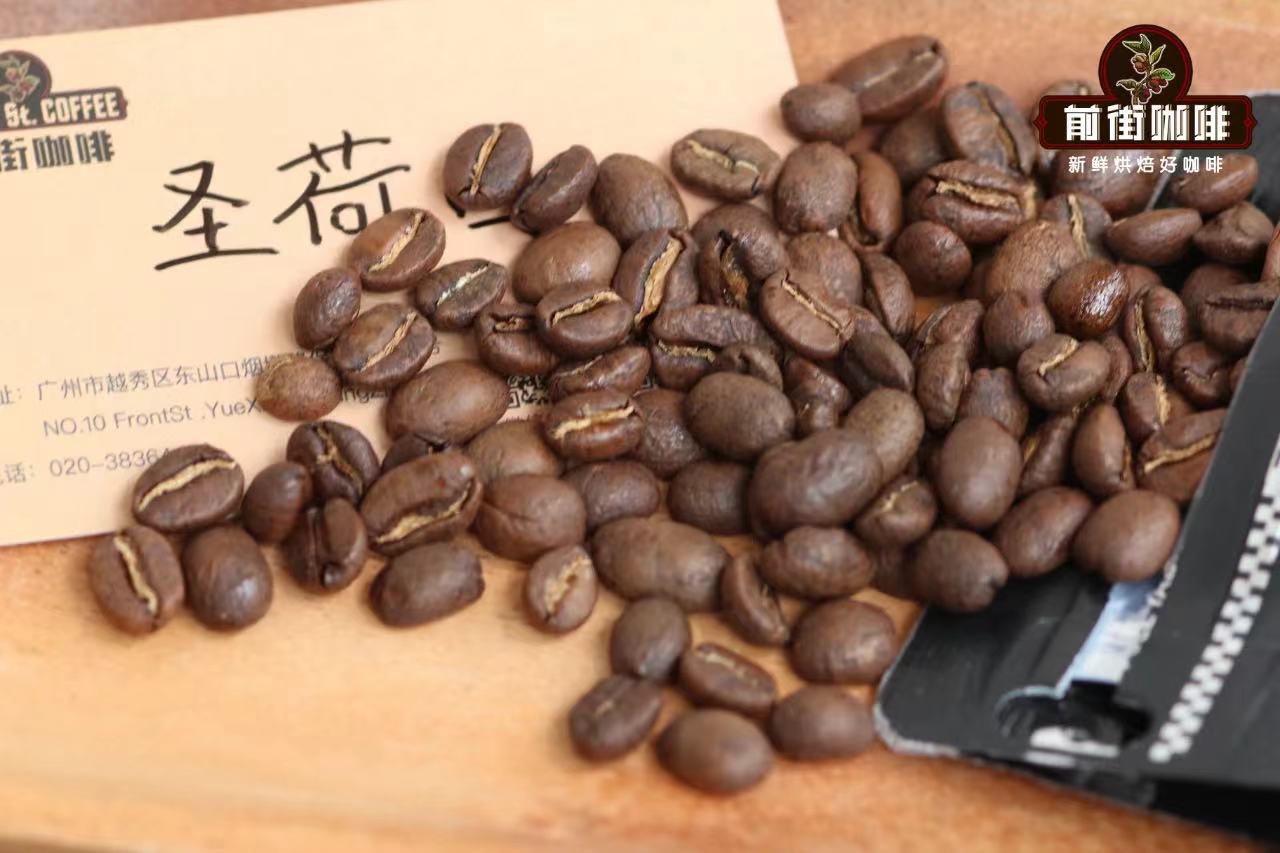
From the origin of coffee, the development route of coffee species in Brazil and Colombia is basically the same. First of all, coffee species spread from France to Spain, across the North Atlantic, to Brazil and Colombia. Brazilian coffee beans landed from the then French colony, which is now French Guiana. After that, it continued to grow southward. According to the records of boutique coffee, it began to talk about the beginning of the coffee industry in Brazil and the fact that King Louis of France loved to drink coffee. In order to expand the development of the coffee industry, we shoot exclusive personnel areas to cultivate coffee overseas. According to the book, in order for coffee to reach the French colony, Dikrou, a patriotic officer, stole the coffee mother tree from the Royal Botanical Gardens in Paris. To this end, he also used a "beauty trick" to let a plump beauty seduce the housekeeper of the coffee family at that time. Finally the coffee tree arrived on the French island of Martinique in the Caribbean in 1723.
Of course, we cannot examine whether this story is in line with history. Other scholars believe that in 1727, Major Francisco de Mello Parreta was sent to settle a land dispute between French Guiana and Dutch Guiana. He arrived at Cayenne to smuggle coveted coffee trees that were closely protected. Turning his attention to Madame de Ovellier, the wife of Governor Cayenne, he made a plan that his elegant demeanor was rewarded at the closing banquet before his departure, and she handed him a bouquet of flowers containing seedlings that would be the ancestor. This is the beginning of Brazil's coffee industry.
In fact, compared with Brazil, Colombian coffee grows in a more favorable environment. Colombia has a unique natural environment, good mountains and water, rich landforms and groups of volcanoes. Colombian coffee is said to have been brought to Colombia by the Reverend Jesus, who arrived with Spanish settlers in the early 1700s, and the first shipment landed in the northeast of the country. Coffee was soon grown by small family farms across the country and became a local cash crop. The first commercial export of coffee did not appear until the first decade of the 1800s. The first batch of 100 crude bags of raw coffee (about 60 kg each) was the first to become a major industry. In the mid-1800s, with the rapid growth of coffee consumption in the United States, Germany and France, coffee production in Colombia also increased rapidly.
In the late 1800s, with the outbreak of civil war in the country, known as the Thousand-Day War, the growing industry experienced a brief recession. The war and the downturn in international coffee prices have forced many planters to carve up farmland among workers, giving locals ownership and autonomy over their farms. Until 1927, Colombian coffee growers gathered to create the Coffee producers Association (FNC), which has exported almost all coffee in Colombia since then. The organization is also considered to be one of the largest rural NGOs in the world.
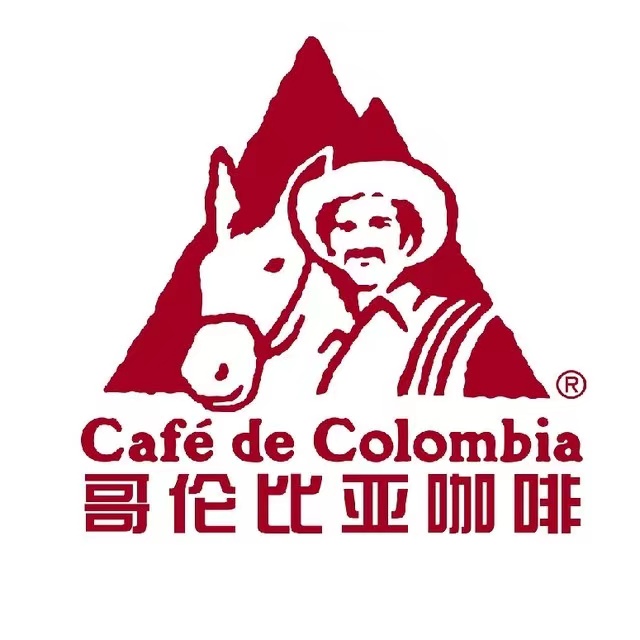
So what's the difference between Brazilian and Colombian coffee beans? Qianjie summed up the following points for everyone: coffee planting environment, flavor, output.
Brazil has been the largest participant in the international coffee trade since the 1840s. Today, the country produces 40 to 60 million bags a year and is the world's largest exporter of instant coffee. As the world's largest coffee producer, Brazil ranks first in the world in terms of total output, accounting for about 1% of the world's total output. Brazil is mainly produced in the central and southern provinces. Brazil produces about 25% of the world's coffee supply. Brazil exported 3680 bags of raw coffee beans in 2020, surpassing the previous year's record of 35.49 million bags. But this year, according to Brazilian coffee exporter Cecafe, the harvest is expected to be dismal in 2021 due to the double whammy of drought and frost in Brazil. Qianjie said at the beginning of the article that Colombian coffee is mainly exported by the Colombian Coffee producers Association. Colombian coffee exports are significantly smaller than those of Brazil. After Brazil and Vietnam, it ranks third in the world. It accounts for about 15% of the world's coffee production. However, due to excellent natural conditions, the output of Arabica coffee is the highest. But this year, Colombian coffee, like Brazilian coffee, has frequent natural disasters. According to Qianjie, on September 22, Colombia's National disaster risk Management reported that coffee production had dropped significantly due to heavy rains.
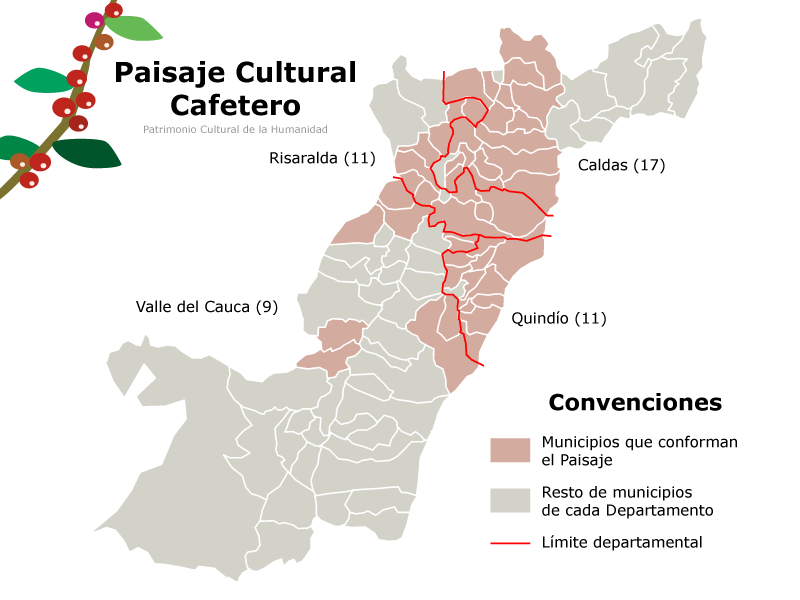
Let's take a look at the growing environment of Brazilian and Colombian coffee. Colombian coffee has a very obvious coffee growing axis, also known as the coffee triangle. It can be seen from the map that there are obvious mountainous plateau areas around the coffee producing area. The area is also pollinated by Colombia's Bureau of Coffee Culture and Landscape (PCC). There are 47 cities and 411 villages in the region, surrounded by the Andes in the central and western provinces of Caldas, Jindio, Riesalda and Cauca Valley. The cherry blossoms on the front street come from the coffee province of Cauca, Colombia, and the altitude of 2050 meters above sea level determines that the quality of this coffee is very superior. The treatment of double anaerobic washing is to make the whole bean very clean, with a prominent berry flavor and a taste like strawberry jam. Colombia's main coffee producing areas are located in the three Sichuan-lined Codiera Mountains, which run from north to south, and coffee is grown along the highlands of these mountains. The unique microclimate, coupled with the essence of high altitude and volcanic ash soil, is very suitable for the cultivation of high-quality Arabica coffee here. There are currently 24000 small coffee plantations in the region. By contrast, Brazil's planting environment is less advantageous. In boutique coffee science, the growing environment of Brazilian coffee is described as monotonous landform, dry climate, barren soil and low altitude. Coffee all depends on the transformation of soil, beans and the use of high technology. But from the perspective of the front street, although the planting area of Brazilian coffee is relatively flat, and most of the coffee gardens are less than 1200 meters above sea level, this planting environment reduces the acidity of Brazilian coffee and is very suitable for mixing with other kinds of coffee beans to form a comprehensive coffee, which is generally considered to be indispensable in blending.
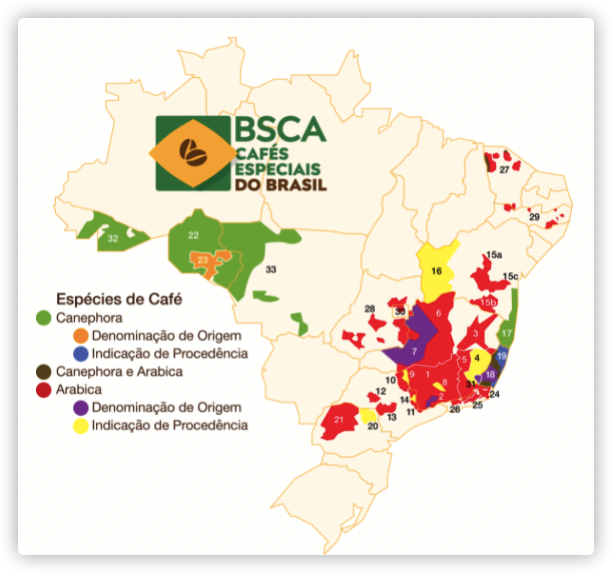
Brazilian coffee beans are mostly bourbon coffee varieties. This is related to the history of the introduction of coffee. Of course, there are also tin coffee beans in Brazil, it is rumored that the coffee beans stolen by Dikru were tin beans and were widely cultivated in Brazil. Brazil in front of the street is mostly bourbon coffee, namely: yellow bourbon of Queen's Manor and red bourbon of Syrador. Red bourbon coffee is the second coffee variety to blossom in Central and South America after iron pickup. Next, Qianjie will conduct a set of experiments to compare the differences in flavor and taste between Brazilian and Colombian coffee beans. Take the Brazilian Queen's Manor Huang Bourbon and the Colombian province of Cauca Castillo as an example, under the same cooking parameters and techniques, how much difference will this make?
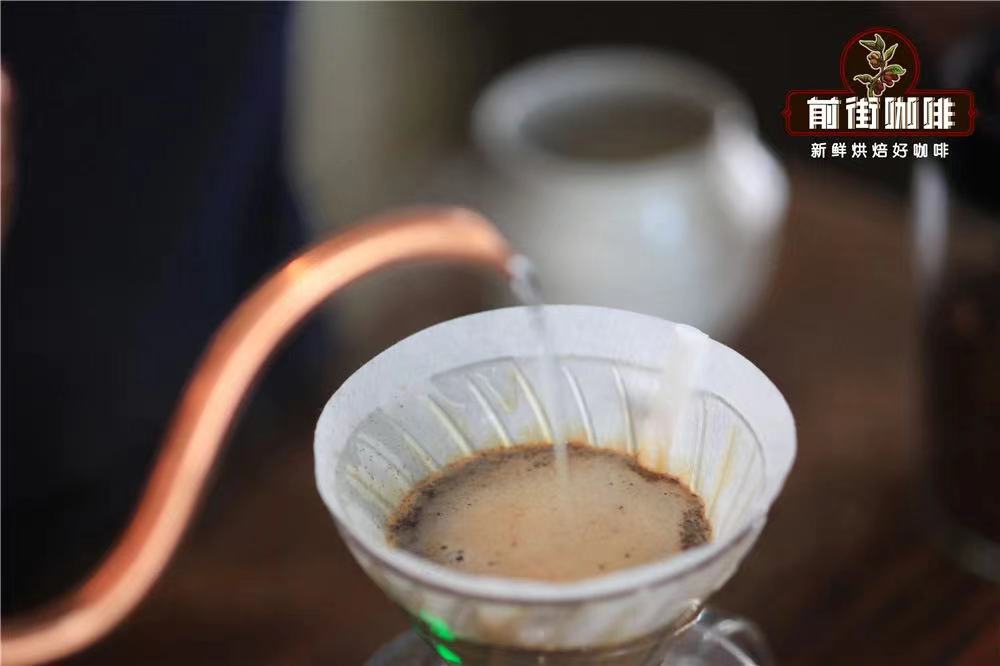
Qianjie cooking parameters:
V60 filter cup
Water temperature 91 ℃
Ratio of gouache to flour at 1:15
Powder content 15g
Degree of grinding (China 20 standard screen pass rate of 80%)
Qianjie cooking technique: use 30 grams of water for steaming for 30 seconds, small water flow around the circle to 125 grams for segments, when the water level is about to expose the powder bed, continue to inject water to 225 grams to stop water injection, wait for the water level to drop and remove the filter cup when the powder bed is about to be exposed. (the time of steaming starts) the extraction time is 2 kilograms.
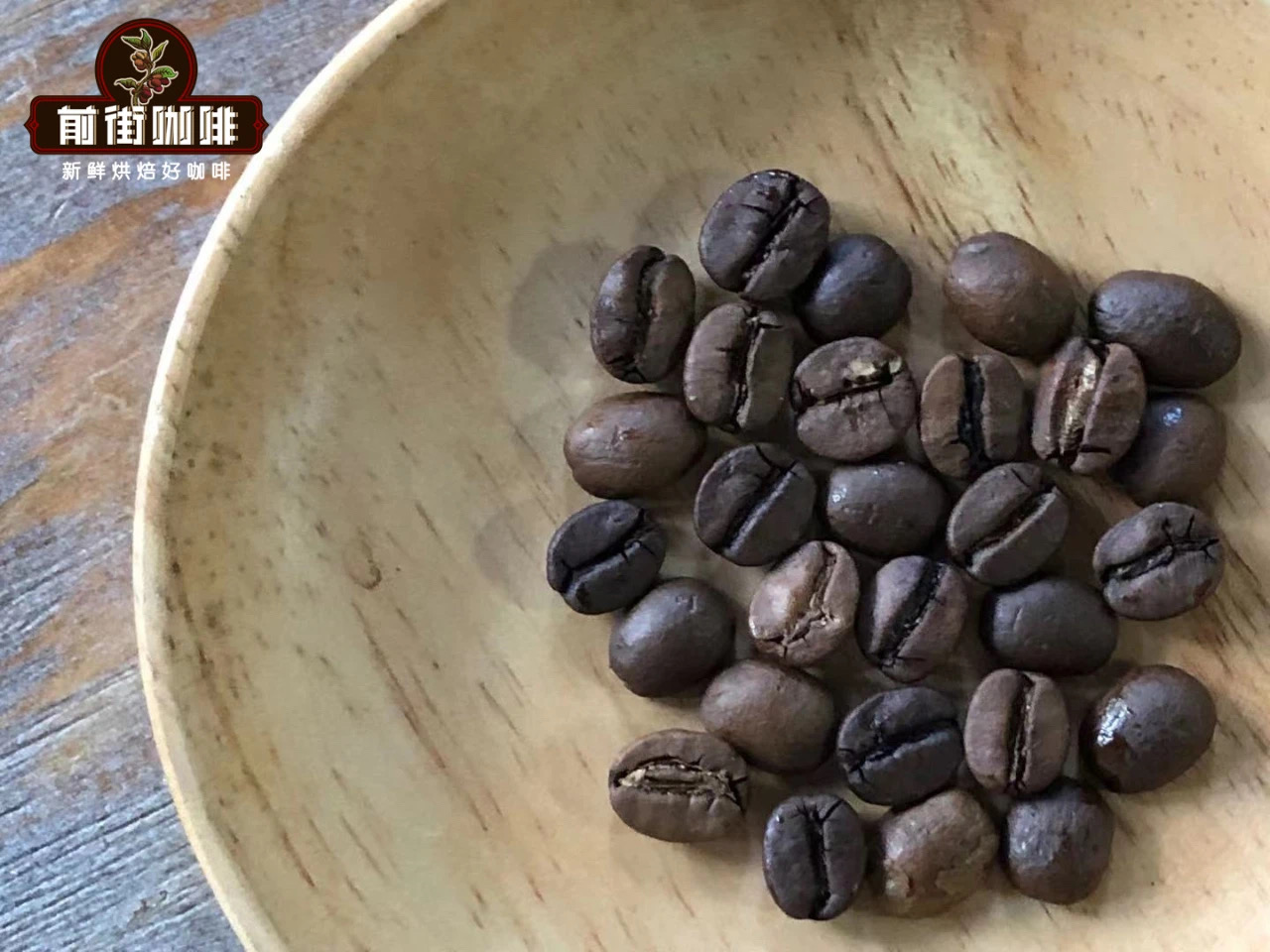
Brazilian taste description: there is an obvious nutty flavor inclined to peanuts, mellow thickness, long dark chocolate finish. There will be a slight appearance of fruit acid at low temperatures. Colombian taste description: the cherry blossoms will have the aroma of wormwood and other spices in the stem, with outstanding berry flavor and a slight sense of fermentation.
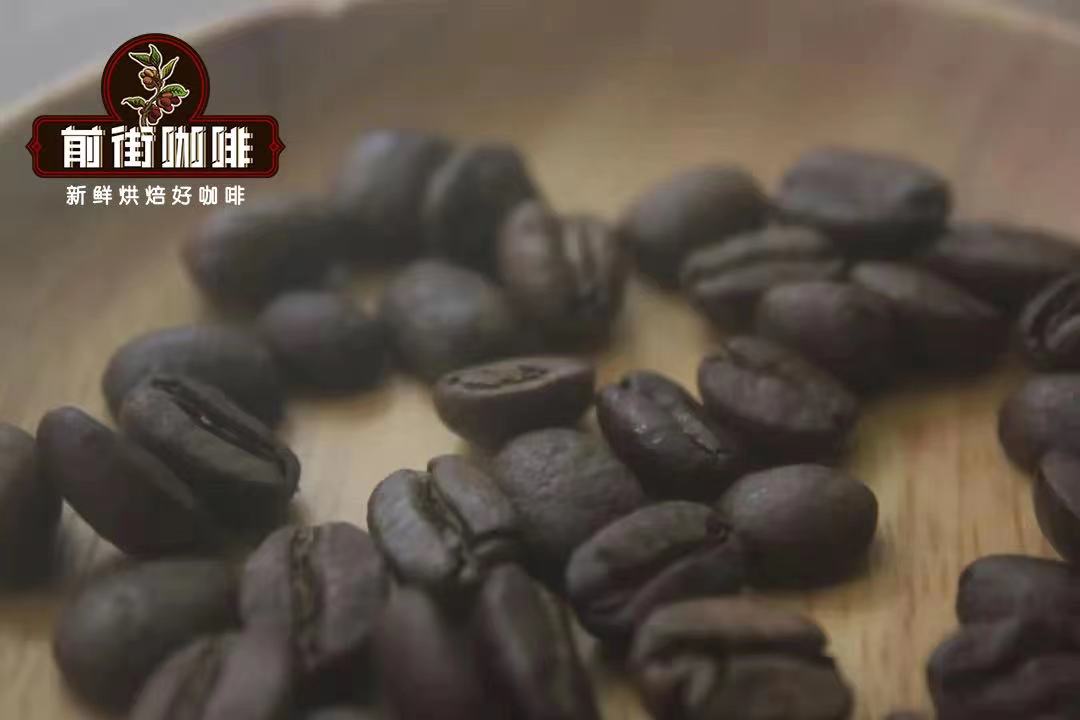
Generally speaking, the Brazilian bourbon coffee on the front street has a slightly sweet taste, has a very excellent caramel flavor, and is slightly sour at low temperatures. Columbia Coffee, by contrast, performed better. Coffee beans are of good quality, rich and unique flavor, sweet in acid and moderate bitterness, which is very suitable for drinking alone or mixing. after baking, the coffee beans will release a sweet aroma, and after grinding, the brewed coffee is sweet in sour and sweet in bitterness. as long as the brewed Colombian coffee has a suitable concentration, it can emit a rich and elegant fragrance. On the other hand, Colombian coffee is not as strong as Brazilian coffee, nor as sour as African coffee. It has a low-key fragrance that other coffee does not have. Colombian beans and Brazilian beans are the best choice for blended coffee. However, its flavor is more mellow than Brazilian beans, and its aroma is stronger. Besides being used in individual coffee, it is also often used in blending coffee to increase the sweetness of coffee. Mix the bitterness of other coffee.
Professional coffee knowledge exchange more coffee bean information please follow the coffee workshop (Wechat official account cafe_style)
For more boutique coffee beans, please add private Qianjie coffee on Wechat. WeChat account: kaixinguoguo0925
Important Notice :
前街咖啡 FrontStreet Coffee has moved to new addredd:
FrontStreet Coffee Address: 315,Donghua East Road,GuangZhou
Tel:020 38364473
- Prev
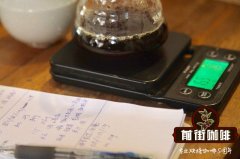
What is the flavor of Caesar Louise Iron pickup Coffee, the most famous cooperative in Ricki Province?
Professional coffee knowledge exchange more coffee bean information Please pay attention to the coffee workshop (Wechat official account cafe_style) for a long time underestimated or even ignored Panamanian coffee, until the annual international cup test competition held in recent years, the emergence of the best coffee in Panama Best of Panama and Panama Emerald Manor (Hacienda La Esmeralda) has completely changed.
- Next

Introduction to Honey treatment of Coffee Raw beans in Alida Elida Manor, Panama
Professional coffee knowledge exchange more coffee bean information please follow the coffee workshop (Wechat official account cafe_style) Panama Alida Elida Manor Honey treatment Coffee raw beans introduction Elida Manor is high above sea level, some even located in the Panamanian National Park Reserve, along the way beautiful scenery, good air, rugged mountains, walking like a forest bath; the administrative district of Elida Manor is Bou
Related
- Does Rose Summer choose Blue, Green or Red? Detailed explanation of Rose Summer Coffee plots and Classification in Panamanian Jade Manor
- What is the difference between the origin, producing area, processing plant, cooperative and manor of coffee beans?
- How fine does the espresso powder fit? how to grind the espresso?
- Sca coffee roasting degree color card coffee roasting degree 8 roasting color values what do you mean?
- The practice of lattes: how to make lattes at home
- Introduction to Indonesian Fine Coffee beans-- Java Coffee producing area of Indonesian Arabica Coffee
- How much will the flavor of light and medium roasted rose summer be expressed? What baking level is rose summer suitable for?
- Introduction to the characteristics of washing, sun-drying or wet-planing coffee commonly used in Mantenin, Indonesia
- Price characteristics of Arabica Coffee Bean Starbucks introduction to Manning Coffee Bean Taste producing area Variety Manor
- What is the authentic Yega flavor? What are the flavor characteristics of the really excellent Yejasuffi coffee beans?

